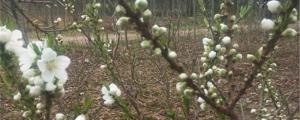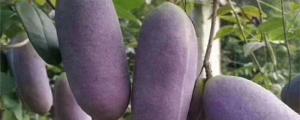Are Palm Trees C3 Plants?
Palm trees are a common sight in tropical regions, and they have various uses including producing oil, providing shelter, and beautifying landscapes. However, some people may wonder about their photosynthetic capacity and whether they are considered C3 plants, C4 plants, or CAM plants. In this article, we will explore the photosynthetic system of palm trees and determine whether they are C3 plants or not.
C3 Plants and Their Characteristics
C3 plants are plants that use the C3 photosynthetic pathway, which is the most common pathway among plants. This pathway involves the fixation of CO2 into a three-carbon molecule known as 3-phosphoglyceric acid (PGA) using the enzyme Rubisco. During this process, some energy from sunlight is absorbed by pigments called chlorophylls, which transfer the energy to the reaction center of the chloroplast, where the photosynthesis occurs. C3 plants have relatively low Rubisco activity and are not adapted to hot, dry conditions because they lose water through transpiration during the day. This results in lower water-use efficiency and lower photosynthetic rates than other types of plants.
C4 and CAM Plants
There are two other types of plants besides C3 plants: C4 plants and CAM (Crassulacean Acid Metabolism) plants. C4 plants have an additional mechanism that increases the concentration of CO2 in the bundle sheath cells where the Rubisco enzyme is located, resulting in a higher efficiency of photosynthesis. CAM plants, on the other hand, have a unique mechanism that allows them to open their stomata only at night, when the relative humidity is high and the transpiration rate is low. They fix CO2 during the night and store it through the stomata during the day, which helps them conserve water.
Are Palm Trees C3 Plants?
So, are palm trees C3 plants? The answer is yes. Palm trees, like most non-succulent plants, use the C3 photosynthetic pathway, which means they rely solely on Rubisco for CO2 fixation. This puts them at a disadvantage in hot, dry climates, where they may lose water through transpiration during the day. However, palm trees have developed a range of adaptations that allow them to survive in such conditions. They have thick, waxy leaves that reduce water loss and reflect sunlight, a deep root system that helps them find water, and a unique mechanism that allows them to transport water from the roots to the leaves efficiently. Palm trees also have a high water-use efficiency, which means they can photosynthesize with less water than other non-succulent plants, making them suitable for cultivation in arid and semi-arid regions.
Conclusion
In conclusion, palm trees are C3 plants that rely on Rubisco for CO2 fixation. However, they have developed numerous adaptations that allow them to survive in hot, dry climates with high water-use efficiency. Palm trees are an essential part of many tropical ecosystems and have various uses for humans. By understanding their photosynthetic system and how they adapt to their environment, we can appreciate them even more.

 how many times do yo...
how many times do yo... how many planted tre...
how many planted tre... how many pine trees ...
how many pine trees ... how many pecan trees...
how many pecan trees... how many plants comp...
how many plants comp... how many plants can ...
how many plants can ... how many plants and ...
how many plants and ... how many pepper plan...
how many pepper plan...

































